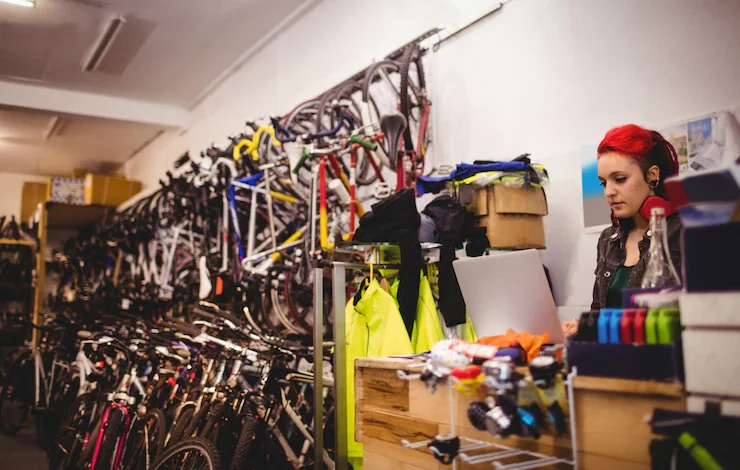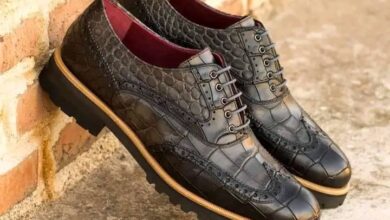How to start a Sports equipment store in South Africa

The sports industry in South Africa has experienced significant growth in recent years, creating numerous opportunities for entrepreneurs interested in the sports equipment retail sector. With a population that values and actively participates in various sports and outdoor activities, starting a sports equipment store in South Africa can be a rewarding venture. This article aims to provide a comprehensive guide on how to launch and establish a successful sports equipment store in South Africa.
Step 1: Research and Market Analysis Before diving into the business, conduct thorough research and market analysis to identify the target market, competitors, and potential demand for sports equipment in your chosen location. Study the demographics, sports trends, and consumer preferences to gain insights into the most popular sports and the equipment required.
Step 2: Develop a Business Plan Create a detailed business plan that outlines your vision, mission, and goals for the sports equipment store. Include market research findings, a comprehensive marketing strategy, a financial plan, and a roadmap for growth. This plan will serve as a blueprint for your store’s success and will be essential for securing financing from investors or banks if needed.
Step 3: Legal Requirements and Permits Ensure that you comply with all legal requirements and obtain the necessary permits and licenses to operate a retail store in South Africa. Familiarize yourself with local regulations, taxation laws, and zoning restrictions. Register your business with the Companies and Intellectual Property Commission (CIPC) and obtain a valid trading license.
Step 4: Location and Store Setup Choose a strategic location for your sports equipment store. Consider factors such as foot traffic, proximity to sports facilities or gyms, accessibility, and parking facilities. Plan the store layout, ensuring it provides a comfortable and organized shopping experience for customers. Invest in attractive displays, adequate shelving, and proper signage to showcase your products effectively.
Step 5: Establish Supplier Relationships Identify reputable suppliers or manufacturers of sports equipment and establish strong relationships with them. Ensure they offer high-quality products, competitive pricing, and reliable delivery schedules. Negotiate favorable terms and explore opportunities for bulk purchasing to maximize profit margins.
Step 6: Product Selection and Inventory Management Carefully curate a wide range of sports equipment that caters to various sports and activities. Consider offering equipment for popular sports like soccer, rugby, cricket, tennis, golf, swimming, and running, among others. Monitor market trends to ensure your inventory remains up-to-date. Implement an efficient inventory management system to prevent stockouts or overstocking.
Step 7: Marketing and Promotion Create a strong brand identity and develop an effective marketing strategy to generate awareness and attract customers. Leverage both online and offline channels to reach your target audience. Utilize social media platforms, develop a user-friendly website, and engage in search engine optimization (SEO) to increase your online visibility. Collaborate with local sports clubs, schools, and fitness centers to sponsor events or offer discounts to their members.
Step 8: Customer Service and Engagement Offer exceptional customer service to build loyalty and positive word-of-mouth referrals. Train your staff to be knowledgeable about the products and provide personalized assistance to customers. Consider implementing loyalty programs, organizing sports-related workshops or events, and offering after-sales services such as equipment maintenance or repairs.
Step 9: Monitor and Adapt Continuously monitor the market, consumer preferences, and industry trends to adapt your product offerings and marketing strategies accordingly. Seek feedback from customers and implement improvements based on their suggestions. Stay up-to-date with new product releases and technological advancements in sports equipment.
Starting a sports equipment store in South Africa requires thorough planning, market research, and a dedication to providing quality products and excellent customer service. By following the steps outlined in this guide, you can establish a successful sports equipment store that caters to the needs of sports enthusiasts across South Africa. With a passion for sports and a well-executed business plan, your store can become a go-to destination for athletes and fitness enthusiasts alike.




